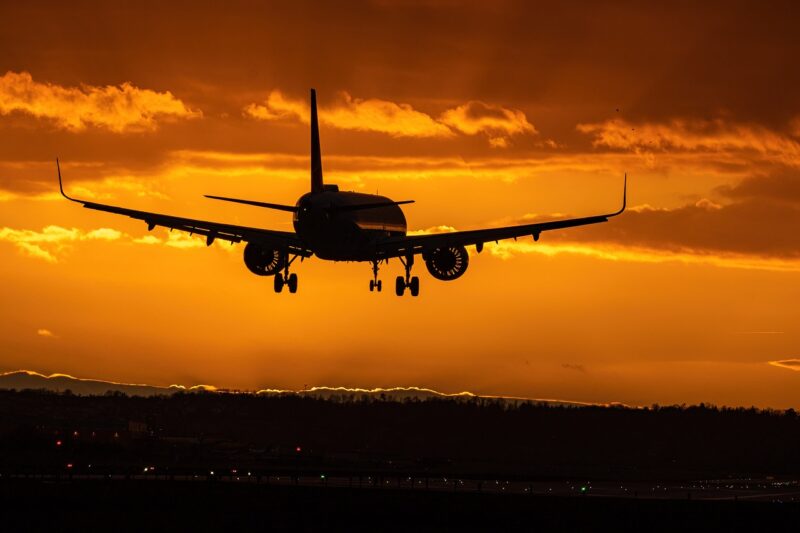How Airport Security Measures Have Evolved Over the Last 20 Years
November 11, 2024

As air travel has evolved over the last two decades, so too have the security measures that govern our airports. The tragic events of September 11, 2001, served as a major catalyst for change across the aviation industry, ushering in a new era of heightened security protocols aimed at ensuring the safety of passengers and staff alike. This article delves into the significant shifts in airport security measures over the past 20 years, examining the technologies and policies that have emerged, as well as their implications for travelers.
1. The Aftermath of September 11th: A New Beginning for Airport Security
The events of 9/11 shook the world and had profound impacts on airport security. Prior to this catastrophic event, security measures were relatively lax, with travelers allowed to carry liquids and electronics into the cabin and minimal restrictions on carry-on items. The Federal Aviation Administration (FAA) and airlines responded with unprecedented changes, marking a drastic shift in how security would be approached moving forward.
Among the most immediate changes were:
- Increased Screening Procedures: All passengers and their belongings were subjected to thorough screening to detect prohibited items. Metal detectors and hand searches became standard practice.
- Restrictions on Carry-On Items: The Transportation Security Administration (TSA) instituted limits on liquids and gels, requiring travelers to place them in containers no larger than 3.4 ounces and only in a single, quart-sized bag.
- Implementation of Full-Body Scanners: Full-body imaging technology was introduced to detect concealed weapons or explosives, creating a new layer of scrutiny during security checks.
These measures not only changed the experience of boarding a flight but also prompted ongoing debates about privacy and personal security in public spaces.
2. Technological Innovations: Enhancing Security Measures
With the increase in security threats and the growing complexity of security systems, airport authorities have turned to technology to enhance security measures. Examples include:
- Advanced Imaging Technology (AIT): AIT uses millimeter-wave technology to detect even the smallest weaponry or explosives, with the ability to do it without physical contact. The introduction of this technology has enabled quicker passenger throughput while enhancing safety measures.
- Explosive Trace Detection (ETD): Security personnel employ swab tests on passengers and their bags to check for trace amounts of explosive materials. This technology provides a rapid and effective method of screening items suspected of containing explosives.
- Behavior Detection Programs: These programs involve trained personnel observing behavioral cues that may indicate suspicious behavior. This approach has sparked discussions about the efficacy and ethics of profiling techniques in security measures.
Technological innovations not only serve to screen passengers and their belongings but also streamline airport operations, improving the overall flying experience.
3. International Collaboration and Standards
Globally, airport security governance has undergone significant changes, with countries collaborating more closely than ever before. This cooperation has led to the development of more standardized security measures that enhance the overall effectiveness of airport security. Key points include:
- International Security Protocols: Organizations such as the International Civil Aviation Organization (ICAO) have set standards that countries must adhere to, ensuring that security practices are consistent globally. These regulations elevate the level of safety across all international flights.
- Information Sharing Initiatives: Countries work together to share intelligence regarding potential threats, enabling proactive measures against security risks that could impact international travelers.
Such collaboration illustrates the understanding that aviation security is a global challenge that necessitates unified responses apart from national measures.
4. Challenges Faced by Security Agencies
Despite advancements in security measures, airport security agencies continue to face numerous challenges in their ongoing endeavors to stay ahead of potential threats:
- Evolving Threats: As methods of terrorism grow more sophisticated, so too must the responses of respective security agencies. Adapting security measures to counter new threats is a persistent struggle.
- Balancing Security and Passenger Convenience: The requirement for rigorous security procedures often conflicts with providing a seamless travel experience. Striking a balance between safety and convenience remains a major concern for airport authorities.
- Public Perception and Trust: Can travelers accept the invasive nature of some security measures? Maintaining public trust while ensuring transparent and effective measures is crucial for the sector’s longevity.
Surely, it is in the understanding and management of these challenges that the security landscape will continue to develop.
5. Looking Ahead: The Future of Airport Security
What does the future hold for airport security? Several transformative trends indicate how security measures may evolve in the next decade:
- Biometric Screening: The use of biometric technology, such as facial recognition and fingerprint scanning, provides faster and safer identification of passengers, eliminating the need for physical identification checks, and reducing boarding times significantly.
- Enhanced Cybersecurity Measures: As airports become increasingly reliant on technology, improving cybersecurity will be critical. Protecting sensitive data from cyber threats will require ongoing vigilance and adaptation to new strategies of defense.
- AI and Machine Learning: Airports are beginning to harness artificial intelligence to analyze patterns and behaviors to detect potential threats. Machine learning can improve threat detection while allowing security personnel to focus on more complex tasks, facilitating a more robust security environment.
As these advancements take shape, it is expected that overall air travel will become increasingly safer and more efficient.
Conclusion
The evolution of airport security measures over the last 20 years illustrates a complex interplay between safety, technology, and the practicality of modern air travel. While we have made great strides in enhancing security for passengers, we also face ongoing challenges that require innovation and collaboration. By understanding how these measures have evolved, we can appreciate the safety net that now protects us as we embark on our journeys across the globe. As we look to the future, it’s clear that the need for robust, adaptive security measures will continue to grow, ensuring safer skies for all travelers.








